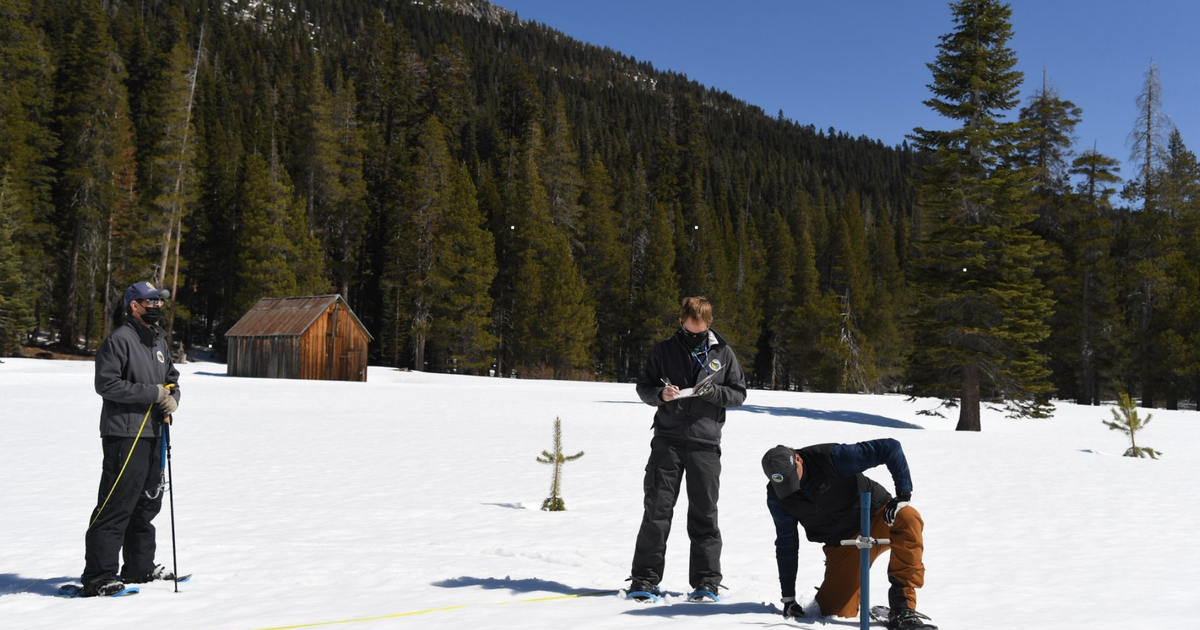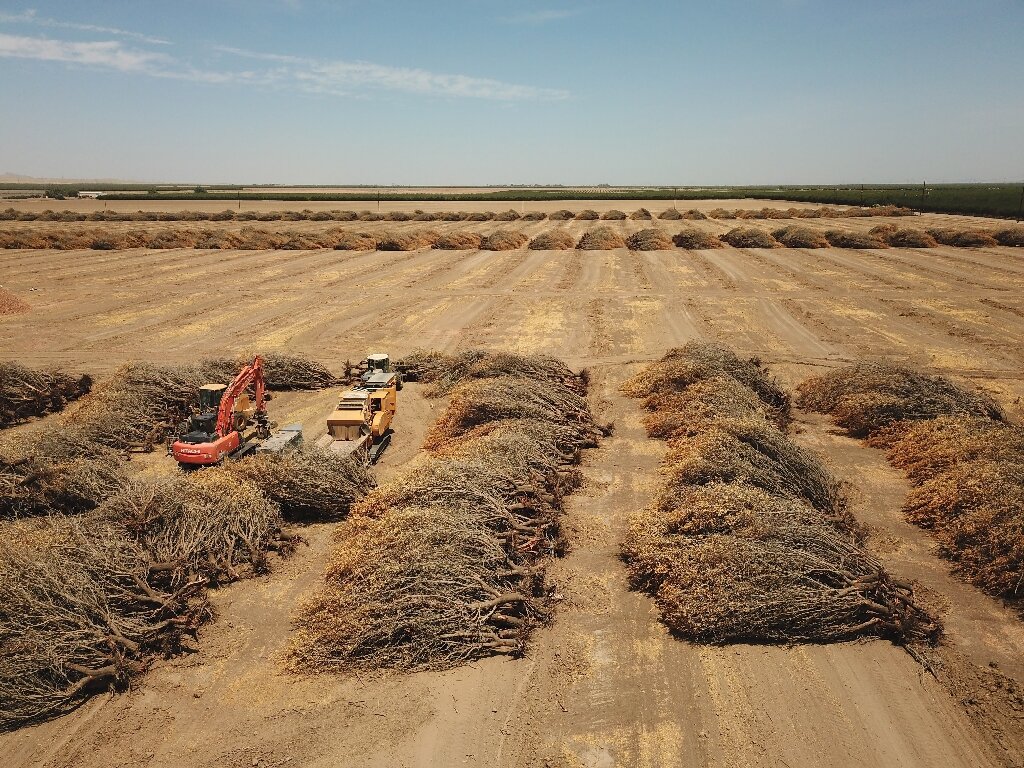Larry Caldwell
Super Member
The Sierras started the spring with a normal snow pack, but it evaporated instead of running off. I haven't seen much discussion of that, but to me it means a lot of dry winds above 5000'.We're semi dry farming our garden tomatoes this year. They get a few hours on drip emitters once a week. The plants are looking kind of peaked but they're producing a good amount of very tasty fruit. We dry farm canning tomatoes in normal years but we got less than half the normal rain fall this last winter and less than normal the year before so they got drip emitters this year.
Here's a good article on the causes of the current drought: What’s causing California’s drought?
I have always been interested in atmospheric circulation. Hot air rises of the equator, dropping loads of moisture and creating tropical rain forests. The air then subsides in the subtropics, forming a band of deserts north and south of the equator and driving the trade winds as it sheds angular momentum. The polar subsidence zone forms the polar cold deserts, and the cold stratospheric air pushes strongly south, also shedding angular momentum. This is what is known as the "polar vortex." Lower atmospheric storms can push it off it's polar home, and if it lands where people live it gets really cold and windy.
In between the two subsidence zones are the mid-latitudes, where most of the human race lives. I suspect that a warming atmosphere might expand the subtropical convergence zone, and thus deserts, farther north. This is just speculation, but it makes sense to me. SoCal was already desert, irrigated with water from the north. If the north dries out, the water goes away. Massive floods may refill reservoirs, but the Pineapple Express is warm water and doesn't do anything for the snow pack that carries streams and rivers through the summer drought months.


